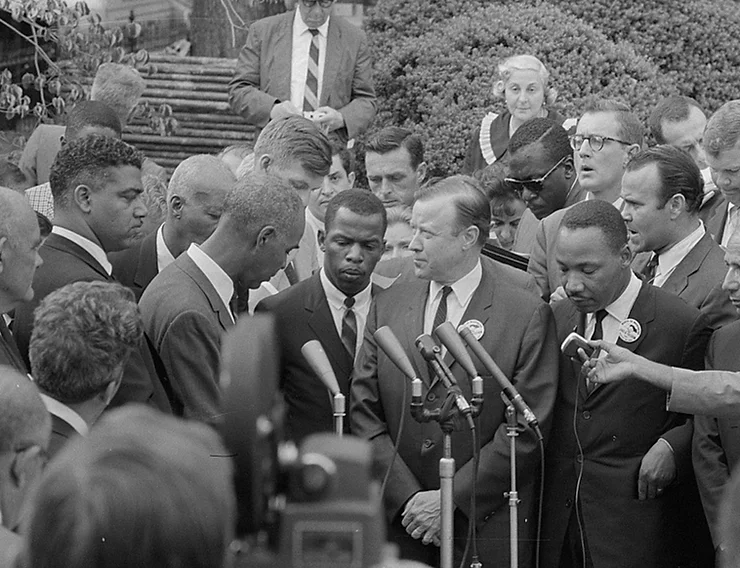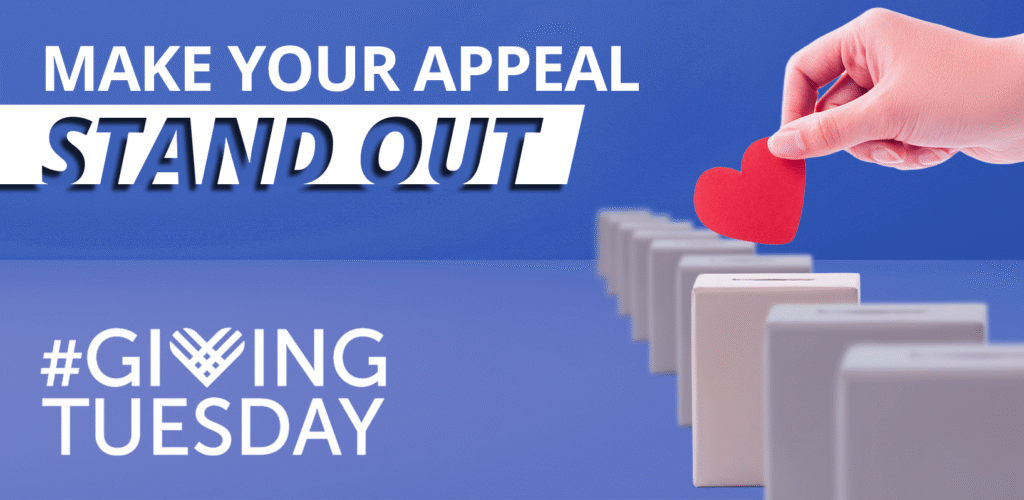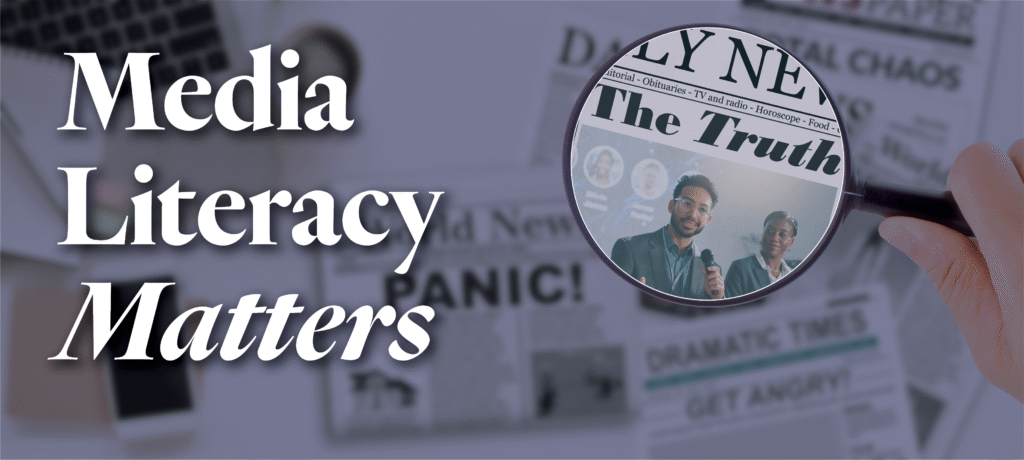Ceisler Associate David Huppert, who met the late Congressman, reflects on the great man’s ability to teach and communicate.

Make it plain. Make it clear. Make it real.
These were the words that Congressman John Lewis used to explain his graphic novel, March, which he published as a roadmap for those seeking to create social change through nonviolence. It was the same advice a younger Lewis had heard the senior Martin Luther King give his son about preaching.
Make it plain. Make it clear. Make it real.
Our country has lost a great leader. As we pause and reflect, we ask ourselves, how did John Lewis communicate? What can his thinking and example teach?
His words instill the power of story, the value of peace and the necessity of love. He spoke slowly and powerfully, using humor and the perfect balance of gentleness and passion.
In 2014, I was fortunate to hear Lewis speak and meet him as an intern on Capitol Hill. In his speech, he discussed growing up on a farm in the rural town of Troy, Alabama. He dreamt he would be a preacher, so he preached to the chickens he took care of on his farm. He joked that those chickens listened to him far more than many of his colleagues in the House of Representatives ever had.
And he told us about the segregation he saw as a child.
As a kid, Lewis had seen something that his audience was too young to know: signs saying “whites only” and “coloreds only” in public places. Enraged, a young Lewis asked his family why. They told him that’s the way it is and that we don’t get in the way. They told him to avoid trouble. But after being inspired by Rosa Parks’ actions and Martin Luther King’s words, Lewis was determined to “get in the way” and to get into what he called “good trouble, necessary trouble” to help create a better future.
Lewis described the fights to expand voting rights and integrate interstate bussing. He recalled the march across the Edmund Pettis Bridge in Selma, Alabama. He talked about policemen beating him with clubs and being blinded by tear gas.
He told us the story of a former Ku Klux Klan supporter named Elwin Wilson coming to him to apologize and seek forgiveness years after beating Lewis in Rock Hill, South Carolina. Lewis accepted the man’s apology, extended forgiveness, wept alongside him and became his friend. The pair made several appearances together to discuss the importance of reconciliation over the next two years.
We were captivated. Many of us in the audience had once been in student government, and Lewis was among the great student leaders of his time.
While a student of the American Baptist Theological Seminary and Fisk University, Lewis immersed himself in the methods and philosophy of nonviolence. He trained his classmates for sit-ins at segregated lunch counters and how to respond peacefully to harassment, assault and arrest. As national chairman of the Student Nonviolent Coordinating Committee, the 23-year-old Lewis was the youngest person to speak alongside Martin Luther King Jr. at the August 1963 March on Washington.
Throughout his life, John Lewis remarked regularly that nonviolence is a lifelong struggle and practice. He exhibited what he studied in the smallest interactions.
After his remarks, dozens of us went to meet him on the stage by his podium. He was gracious and took the time to connect with each of us. He asked me my name, where I was from. His kindness and sincerity stay with me to this day. He expressed fondness for Philadelphia, reminding us with joy and force that it is the city of brotherly love.
Lewis’s speech was moving, and his words in conversation had equal grace and equal power. When someone asked about the role of music in the civil rights movement, he quickly replied that “the civil rights movement without music would be like a bird without wings.”
In one of his final interviews, Lewis shared the thinking that informed actions over a lifetime:
During the 60s, the great majority of us accepted the way of peace, the way of love, a philosophy and discipline of nonviolence as a way of life, as a way of living. There is something cleansing, something wholesome about being peaceful and orderly. To stand up with a sense of decency and a sense of pride.
And never hate. As Dr. King said over and over and over again, the way of hate is too heavy a burden to bear. The way of love is a better way. And that’s what we did. We were arrested, we were jailed, we were beaten, but we did not hate. And we helped change America.
I was beaten, left bloodied, unconscious. I never became bitter or hostile. I never gave up. I believed that if in some way we can redeem the soul of a nation, then we must do it. Create a society at peace with itself and lay down the burden of hate and division. As Dr. King said, violence and evil must stop some place along the way. And we became disciples of the movement, disciples of Martin Luther King Jr., and work to leave our society better than we found it.
We are all human. We are all part of the human family. It does not matter whether you are Black, White, Latino, Asian, or Native American. We are one people. We are one family. We all live in the same house, the world house. As Dr. King said, we must learn to live together as brothers and sisters. If not, we will perish as fools. We are all connected. Nothing – not anything – is going to separate us.
Lewis’ clarity of conviction, steadfast dedication to the principles of nonviolence, and determination helped create a better America. His example of communication – plain, clear and real – will inspire the nation for years to come.
Later that evening, I ran into Congressman Lewis on a nearby street in Washington, DC. I thanked him once more for inspiring me that afternoon. With the same grace, he took my hand and said that it was his great pleasure.
David Huppert is an Associate in Ceisler Media’s Philadelphia Office.



